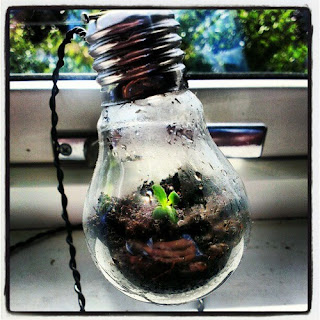HOW TO MADE A BATIK
My time is very interested in making batik by itself, as usual, the same thing that I am looking for some materials and tools on the internet, it is quite easy to be creative with homemade batik, more precisely in terms of basic material fabric. I am very interested in the creation of self because of the sense of community these days that use bags, clothes, knick-knacks and other things that bercorakkan batik, especially older children and mothers
Originally batik made on material with white color made of cotton cloth called mori. Today the batik is also made on other materials such as silk, polyester, rayon and other synthetic materials.
Batik motif formed by the liquid wax by using a tool called a canting for subtle motifs, or brush to a large motif, so that the liquid wax to seep into the fabric fibers. Fabrics that have been painted with wax and then dyed with the desired color, usually starting from a young colors. Immersion then taken to another motif with color or black older. After some time the coloring process, which has dibatik cloth dipped in chemicals to dissolve
The stages in the process of batik pembutan this:
The first step is to make batik designs commonly called molani. In determining the motive, usually each person has different tastes. Some prefer to make their own motives, but others prefer to follow common motifs that have been there. Motives are often used batik in Indonesia itself is divided into two: the classical batik, which is a lot to play with symbols and coastal batik with natural characteristics such as pictures of flowers and butterflies. Make a design or motif can use a pencil.
After completing molani, the second step is to paint with (wax) night using canting (caged / dicantangi) to follow the pattern.
The next stage, covered with wax parts will remain white (no color). Canting for the smooth, or brush for large parts. The goal is that when dyeing material into the dye solution, part of a given layer of wax is not exposed.
The next stage, the first coloring on parts not covered by the wax with a cloth dipped in a particular color.
Once dyed, the cloth in drying and dried.
Once dry, re-doing the batik process is painting with wax using a canting to cover the part that will be retained on coloring the first.
Then, proceed with the second color dyeing process.
The next process, removes wax from the fabric by putting the cloth in hot water on the stove.
Once clear of wax cloth and dry, it can be done again by closing wax batik process (using a canting) to hold the first and second colors.
The process of opening and closing the wax can be done repeatedly in accordance with the number of colors and complexity of the desired motif.
The next process is nglorot, where the fabric was discolored boiled hot water. The goal is to remove the layer of wax, so the motive which had drawn previously pins. You do not need to worry, this will not make the dipping pattern you've hit the color image, because the top of the fabric is still shrouded in a thin layer (wax does not completely fade). Once completed, the batik is ready for use.
The final process is to wash the batik cloth and then dry by leaving it before it can be used and worn.













.jpg)






